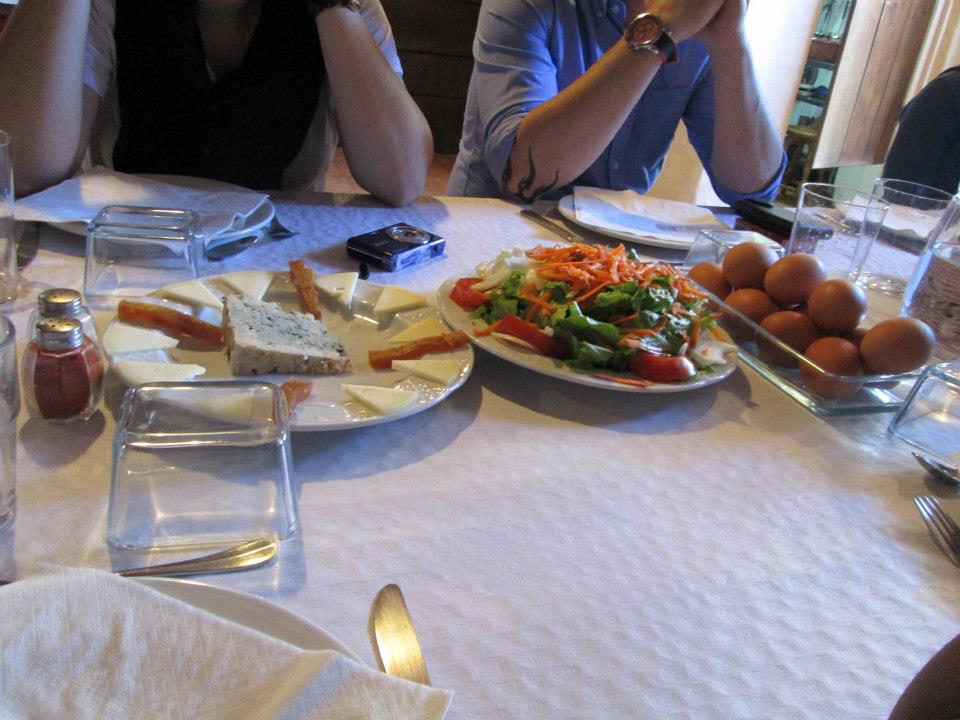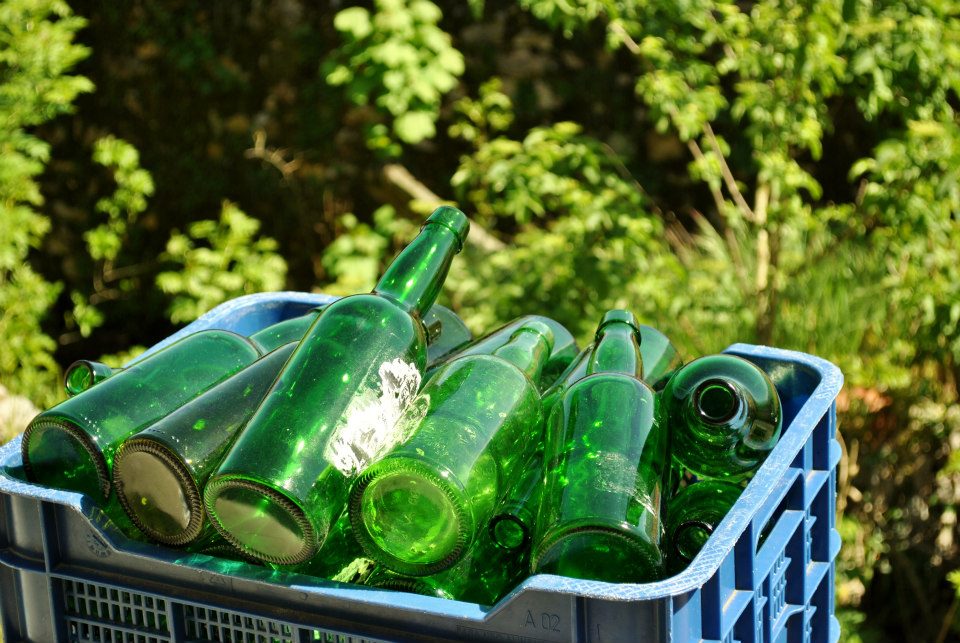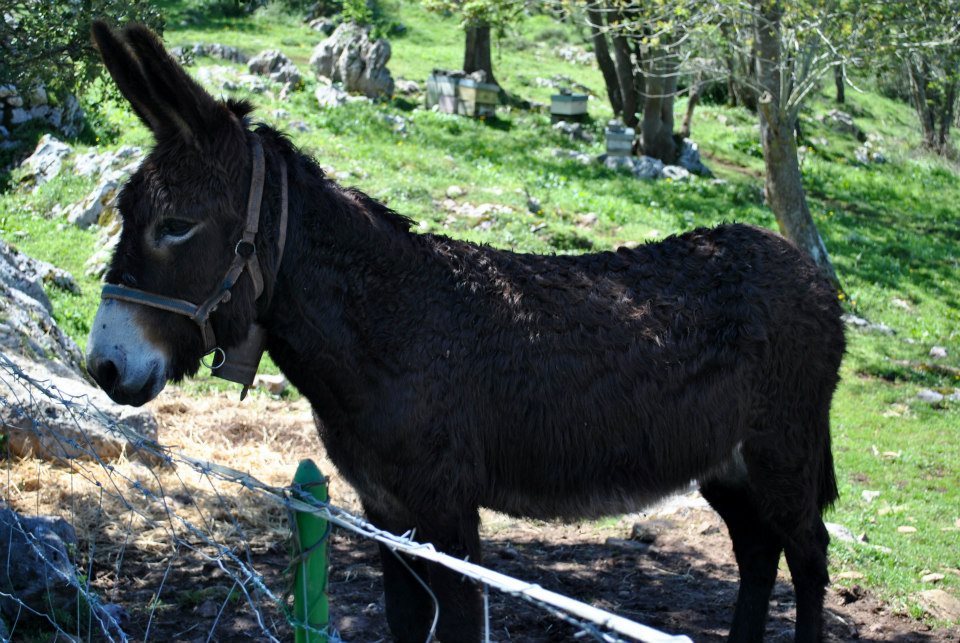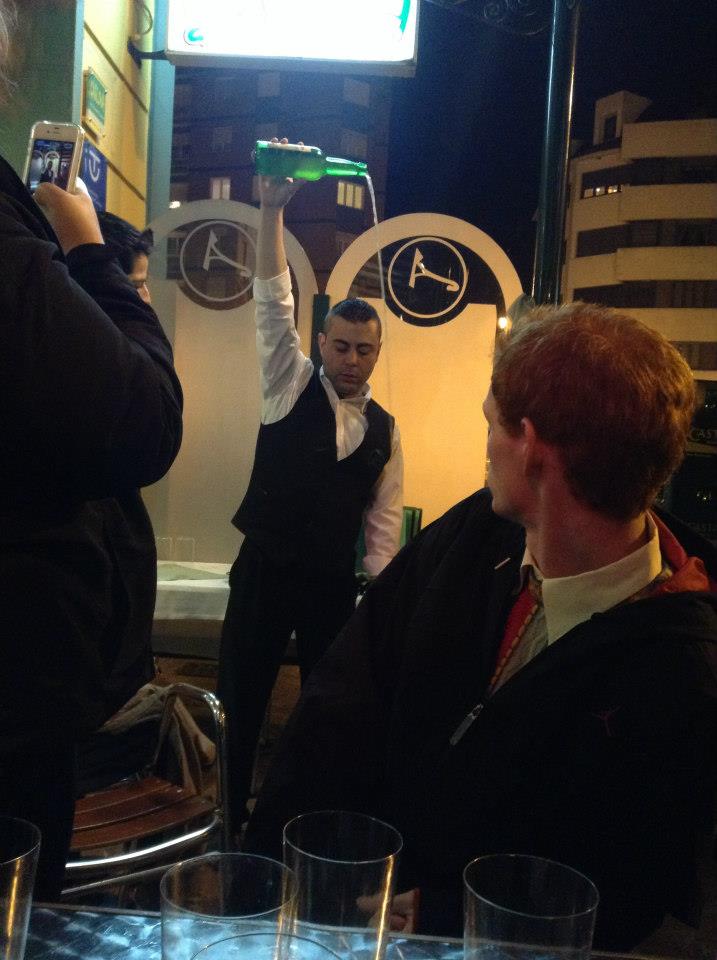Although most people think of sun, sangria, and flamenco dancers when they think about Spain, I recently returned from a part of the country that is a bit different from these things. I spent a semester in Oviedo, Spain, studying Spanish language and culture. While I have been studying the language for many years, I really didn’t know much about the culture of Spain before I moved there. Like many people, I only knew of the Spain I saw on TV promoting cruises that stopped in places like Barcelona and Ibiza, and these ads did nothing to prepare me for the lifestyle of Oviedo.
Oviedo is the capital of a region known as Asturias. Asturians are proud of their culture and many of the people I met in Oviedo had families that had lived here for generations. One part of the culture that I obviously enjoyed was the food and drink. Every month, the group of students from Temple University was taken out by our program director in order to try Asturian food. Once we were able to see where a lot of these traditional foods are made by taking a trip to the village of Asiego.
Here we participated in a two-hour tour of the area where we discovered how the popular Asturian hard cider called sidra and Cabrales blue cheese are made. Over these two hours, the man who owned the farm told us about the fermentation process for sidra and how the Cabrales that the farm produces is a mix of both cow and goat milk. Even though most of us were looking forward to the dining portion of the trip, we definitely learned a lot about the way that these foods are created.
After the tour, we were served a traditional Asturian spread for lunch which included over 10 dishes. We each began the lunch with sidra and although it is a cider, it is very different from the cider we drink in the States. It is normally served by a waiter who pours the drink by holding the sidra bottle above his head and the glass around thigh height.
This process carbonates the drink and after a few seconds of pouring, a glass with about an inch of sidra in it is presented to you and you promptly chug it. I tend to prefer sidra to other ciders because it’s a bit more tart and acidic than the canned American brand.
Quickly after we were done with our first glasses of the drink, the family of the man who gave us the tour started to bring out lunch. By this time it was around three in the afternoon, typical lunch time in Spain. It began with salad, bread, and both Cabrales and Manchego cheeses. The Cabrales was accompanied by an apple jam and honey in order to balance out the strong taste of this blue. 
I started to feel full after just this course, but it was followed by chorizo cooked in sidra, blood sausage, and some of the best wild boar I’ve ever had. The wild boar was one of the stand out dishes for me since it was incredibly tender, flavorful, and it isn’t something I have the pleasure of eating often.
Overall, all of the food was great, and the controversial blood sausage was the only dish people disagreeing about since a lot of the students were a bit too squeamish to try it. After lunch we were served a homemade pudding with applesauce and nuts on top which provide a nice, light, refreshing end to the meal. While I’ve had a lot of amazing experiences during my year abroad, this feast in Asiego was one of the events that really stood out to me and is one dining experience I don’t plan on forgetting anytime soon!





